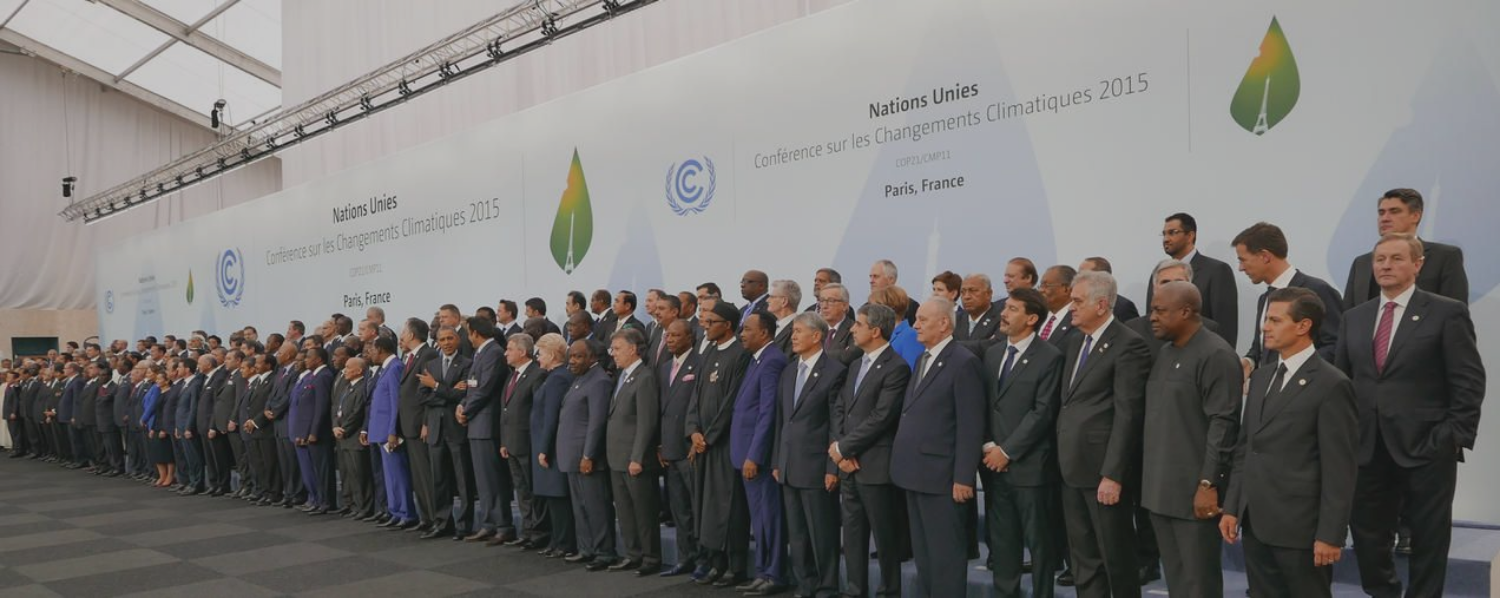At the end of a long year beset by the pandemic, rising emissions and worsening climate impacts, it is worth taking a step back and observing what has changed since the Paris Agreement was sealed five years ago. In just half a decade, progress on low carbon solutions has accelerated faster than most realise. The Paris Effect report by the global consultancy- SYSTEMIQ describes the economic, social and political transformations that have accelerated since December 2015.
The report identifies the trends that have created the conditions for sectors to move towards market tipping points. Going beyond these tipping points will allow increasing numbers of low carbon solutions to out-compete high carbon alternatives. In some sectors, we have or are very close to reaching these milestones.
Like the headlines said on December 12, 2015, the era of fossil fuels is over. Now, the challenge ahead of us is to accelerate the market transformation so that low carbon solutions become cheaper and more abundant in the near future.
Here are five trends that tell the story of how the Paris Agreement has been reshaping the global economy.
Net-zero is becoming a reality
In 2015 the idea of a decarbonised global economy was science fiction. Since the Paris Agreement was signed, over 120 countries, 1500 companies, hundreds of cities and investors covering trillions of dollars have committed to net-zero targets. Five years on from governments sealing Net Zero in the Paris agreement, more than 50% of the global GDP is covered by net-zero goals.
This economic realignment has created new conditions for sectors to move closer towards new tipping-points. By 2030, low carbon solutions will be competitive in sectors accounting for about three quarters of global greenhouse gas emissions. This is up from one quarter in 2020 and zero in 2015.
The cost of renewables declined far faster than anticipated
Economic transformations are slow, however once tipping points are crossed transition spurs.
Despite the 36 year projection of the IEA, it only took 6 years for solar prices to reach $ 0.05 kw/h. Today, solar and wind are cheaper in most places than its fossil fuel competitors. By the end of the 2020s this will be the case everywhere.
Electric vehicle sales are set to take off
The renewable energy boom is good news for the electric vehicle market. EVs are becoming popular and are expected to outcompete their internal combustion engine ancestors soon.
According to the report, EVs will beat the costs of fossil fueled cars by 2024. Electric competitors will also have cheaper maintenance, unparalleled acceleration, and near equal range.
A new appreciation of the value of nature is emerging
Agriculture is a bugaboo sector- deforestation, polluting fertilisers, and harmful land management practices are having devastating impacts on the environment . The good news:nature centric, alternative solutions are on the rise.
Plant based protein is one of the most outstanding examples here. Just in two years time the market of alternative proteins grew by 29% and by 2030 it is projected to be worth $85 billion. Even major fast food chains are picking up the new trend of meatless burgers.
New jobs are emerging
In 2020, millions of people lost their jobs. As governments construct economic recovery plans, investing in opportunities with the most potential to create jobs will stimulate the crisis rebound.
Building towards a net-zero economy can create net 35 million new jobs. These new jobs are expected to emerge in sectors like renewable energy, transport, land management along with others.
A low-carbon economy transition is happening. It is unstoppable. But it’s up to global leaders whether the transformation will be fast enough to keep global temperatures below dangerous levels of increase.
The COVID-19 recovery process is a unique opportunity to reshuffle investments and direct financial flows towards high return, low risk and low carbon solutions. This will create jobs, protect the health of the global population and build an economy that is resilient to pandemics and similar global crises.
Read more about the report here.





